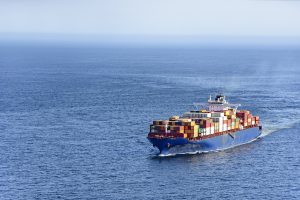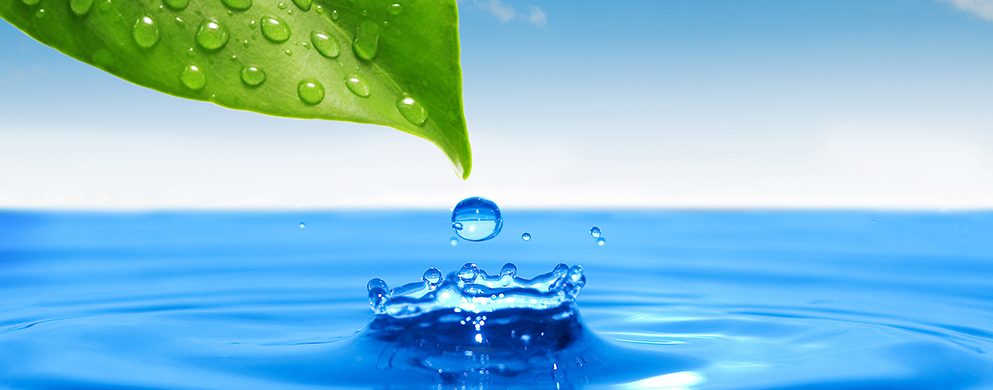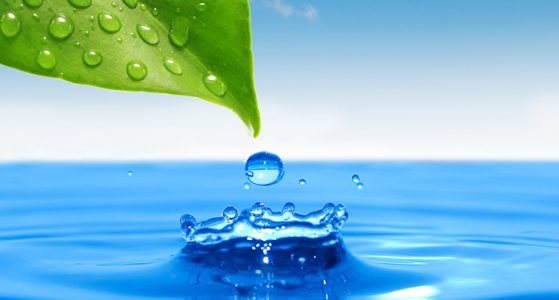 A UV ballast water management system is a means for controlling and managing the ballast water on ships to prevent the spread of harmful marine organisms. Ships use ballasts, which are large water tanks filled with sea water and located in strategic areas around the ship, for balance depending on the weight of their cargo.
A UV ballast water management system is a means for controlling and managing the ballast water on ships to prevent the spread of harmful marine organisms. Ships use ballasts, which are large water tanks filled with sea water and located in strategic areas around the ship, for balance depending on the weight of their cargo.
Ships will pick up ballast water while removing cargo in one port to offset the weight loss while traveling through the ocean. The problem with this is that along with filling their ballasts with oceanic water, marine organisms, including harmful marine life and microorganisms, come with it.
Why a UV Ballast Water Management System is Important
These hitchhikers are known to wreak havoc on the ecosystem in which they are released. When ships reach another port and release their ballast water to add cargo, these foreign marine life take hold and take over in an environment where they have no natural predators. Foreign invaders altering natural marine ecosystems through contaminated ballast water is recognized as one of the greatest threats to the sustainability of our planet’s oceans.
It is estimated that more than 79 million tons of ballast water is discharged at ports of call near the US coastline alone. Not only does harmful ballast water invade and pose a threat to coastal ecosystems, but also poses a real danger to humans as well. Contaminated ballast water spreads diseases which affect humans, causes insurmountable economic damage by destroying fishing industries entire towns depend upon and requires massive cleanup efforts.
Seawater in ballast tanks contains many harmful pathogens and microbes which pose a real safety risk to humans. Seawater taken in as ships ballast water has been proven to contain harmful diseases such a Cholera which is a quick spreading disease that can be fatal for nearly 50% of people it infects. Ballast water has been known to spread toxic algae, jellyfish which completely destroy fishing ports, mussels which attach to structures like dams, and harmful marine microorganisms including viruses and bacteria naked to the human eye.
Ballast Water Management Convention Requirements
The International Maritime Organization (IMO) is a specialized agency within the United Nations which is tasked with the responsibility of establishing safety, security and preventing marine and atmospheric pollution by ships worldwide. The Ballast Water Management Convention (BWMC) is a landmark effort to halt the spread of invasive aquatic species.
The BWMC was first adopted by the IMO in 2004 as an international effort to control and manage ballast water and sediments from all ships. Since its adoption, the BWMC has had several technical guidelines and updates to support shipmasters, ship owners and port authorities.
The biggest news for the BWMC is the recent ratification of more than 65 states which represent more than 70% of the total world tonnage, and requires all ships traveling through international waters to maintain a ballast water management system. These recent requirements were enforceable September 8, 2017 and are to be implemented over time for existing ships and immediately for all newly constructed vessels.
The BWMC obligates all parties to undertake comprehensive actions to reduce or eliminate the transfer of harmful aquatic pathogens and organisms through the control and management of ballast water and sediments. Port State control officers have the ability to inspect ships to verify an approved ballast water management plan, a valid certificate and to inspect the ballast water record book or sample the ship’s ballast water.
Ballast Water Management System Technologies
Ballast water treatment methods include mechanical filtration and UV ballast water management systems, often used together for highly effective control and elimination of harmful marine organisms. Ultraviolet (UV) germicidal lamps are proven to instantly eradicate viruses, bacteria and microorganisms naked to the human eye. UV ballast water treatment technology offers many advantages to shipmasters and shipowners.
UV ballast water management systems are approved by the US Coast Guard and the IMO, and offer the following advantages:
- Simple operation with very low maintenance
- Economical, fast and efficient technology
- Eco-friendly, chemical free safe process
- No need to handle, store or transport dangerous chemicals
- No impact to the environment
UV ballast water treatment technology is safe and effective, requires a small footprint suitable for smaller vessels and is very low maintenance with long-lasting UV germicidal lamps.
LightSources Offers High Performance UV Germicidal Lamps
LightSources is a leading global authority on UVC germicidal lamp development and solutions for a wide range of applications. We have partnered with many of the largest providers of ballast water treatment systems in the world to provide high-quality UV germicidal lamps and components for newly constructed ships or alterations to existing ships.
Our Low Pressure (LP) Pellet Amalgam lamps are designed with proprietary LongLIfe™ technology providing an increased efficiency of 30 to 35% over other comparable lamps. Our Medium Pressure UV (MPUV) germicidal lamps provide an even smaller footprint with proven durability and effectiveness. UV radiation emitted at precisely 254 nm is proven to quickly destroy harmful germs, viruses and bacteria by instantly destroying the DNA of these cells, rendering them harmless and unable to replicate.
LAMP PRODUCT DATA:
UV Germicidal LampsLAMP Applications:
UV Germicidal ApplicationsThe LightSources Group is dedicated to continual improvement through research and development, offering high-tech, energy efficient lamps and lighting solutions. We offer the widest selection of standard UV germicidal lamps and custom designed solutions from skilled and experienced lighting engineers. Contact us to learn more about our UVC germicidal solutions and lamps proven in UV ballast water management systems.




